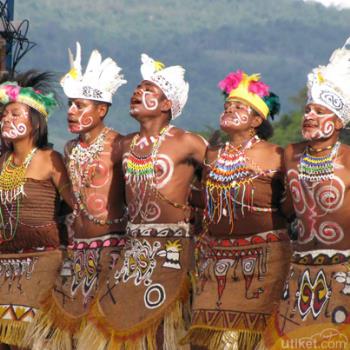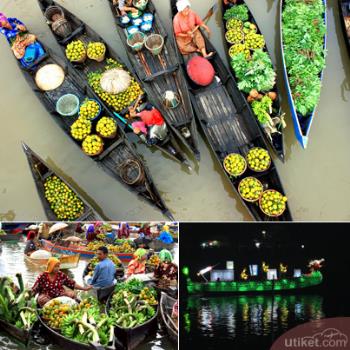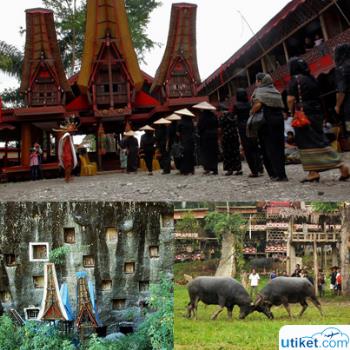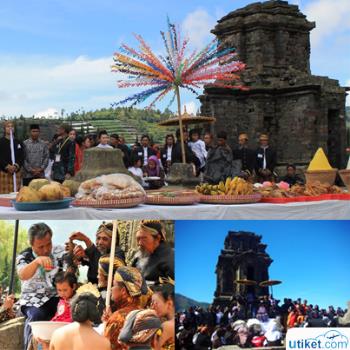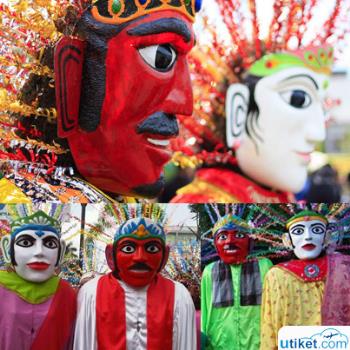History of Wayang in Indonesia
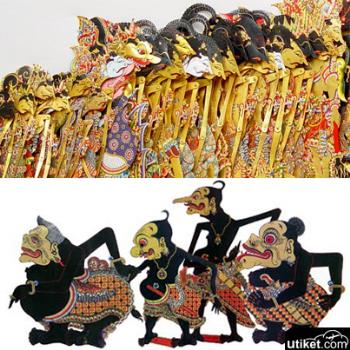
6 Sep 2013 18:59:00
Wayang (shadow puppet) is a cultural art form that is great and loaded with valued philosophy content and is a genuine relic of Indonesia. UNESCO has established Wayang as a world heritage originating from Indonesia on November 7th, 2003. Wayang comes from the word " Wayangan " that means a form of character portrayal and story to be clearly defined in the mind of the draftsman for the original form has been lost .
Wayang is the oldest and original culture of Indonesia. The show itself has been known in Indonesia since the Neolithic or about 1500 BC , long before the arrival of the Hindus . The oldest inscriptions that give information about puppetry in Indonesia comes from an inscription in the reign of King Airlangga , namely the 10th century AD . At first , the puppet was a form part of the regular worship to Sang Hyang and performed at the time of harvest and the plant is done in the form of ceremony Ruwatan , Tingkeban and Merti Desa in the hope for successful harvest and to avoid any kind of accident . Then in 898-910 AD , wayang became wayang purwa , but still has the same function that is devoted to worship Sang Hyang . Later in the process , the art of wayang culture is increasingly being developed at the time of the Hindu religion entry, until it was updated again in the time of Islam arrival in Indonesia.
Wayang culture in Indonesia is already much studied by scholars and cultural experts from both within and from abroad . There is a common understanding , but not a few different opinions. However, all agree that wayang has been existed and developed in Indonesia since ancient times , ie, about 1500 BC , long before the religion and foreign cultures entering Indonesia . So the puppet in its very simple form is still an original culture of Indonesia where in the process this culture is growing after contact with other elements as its form and contents as we know it today .
It is inevitable that a culture art will continue to change and evolve to follow the changing times . Current Wayang is different from one in the past and may in the future wayang will also change according to the era. However, changes in the art of wayang culture still has no effect on its true identity that has been embedded in the history of wayang itself because it has a very solid bedrock . The main runway is composed of three , which is the nature of Hamot : the ability and cultural openness to accept influence and input from both inside and outside , Hamong : the ability to filter the new elements in accordance with the values of existing wayang , and Hamemangkat : ability to appoint a new value to the value corresponding to the values of the puppet so that causes it to have staying power as well as developing puppets who follow the changes and the times .


